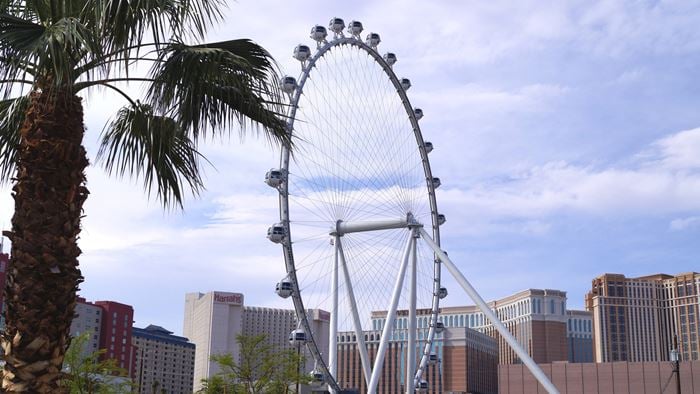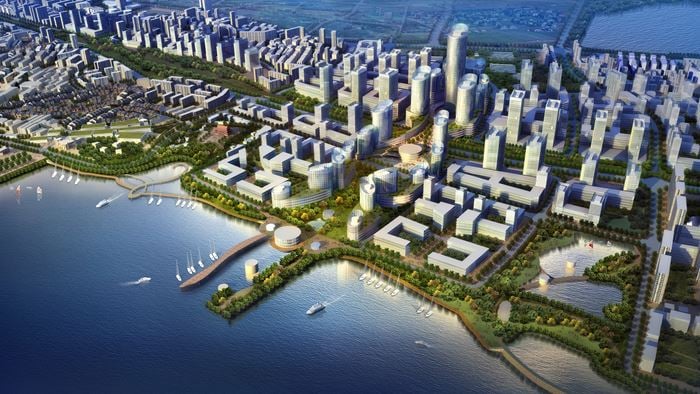The COVID-19 pandemic is forcing many US cities to reconsider the role that outdoor space plays in urban life. Most modern American cities were planned during the automotive age to prioritize car traffic, but the pandemic has helped to catalyze a fundamental transformation of the urban core. In the span of just a few months, densely populated cities, like New York, have seen residents reclaiming the streets. Utilitarian spaces once allocated for parking are now serving as vital amenities where people meet friends, cycle, and work, and restaurants and retailers serve their customers.
As outdoor spaces take on a more central role in the urban ecosystem, it is increasingly important that they remain comfortable and functional for as much of the year as possible or we run the risk of losing ground and undermining our economic recovery. Many restaurants are highly dependent on the revenue generated through outdoor dining, for example. Meanwhile, the new social distancing requirements are prompting some corporate workplaces to convert outdoor spaces, like terraces and courtyards, into meeting areas, heightening the need to keep them comfortable and accessible throughout the year.
Finding ways to maximize the comfort and functionality of outdoor spaces year-round is a new challenge for many cities and it is not a simple process. Microclimate consultants can help. As specialists trained to analyze the ways that the urban form interacts with the local microclimate to shape the user experience, microclimate consultants can work with urban planners, developers, and designers to identify interventions that optimize the quality and comfort of individual projects, large corporate campuses, or even entire business districts.
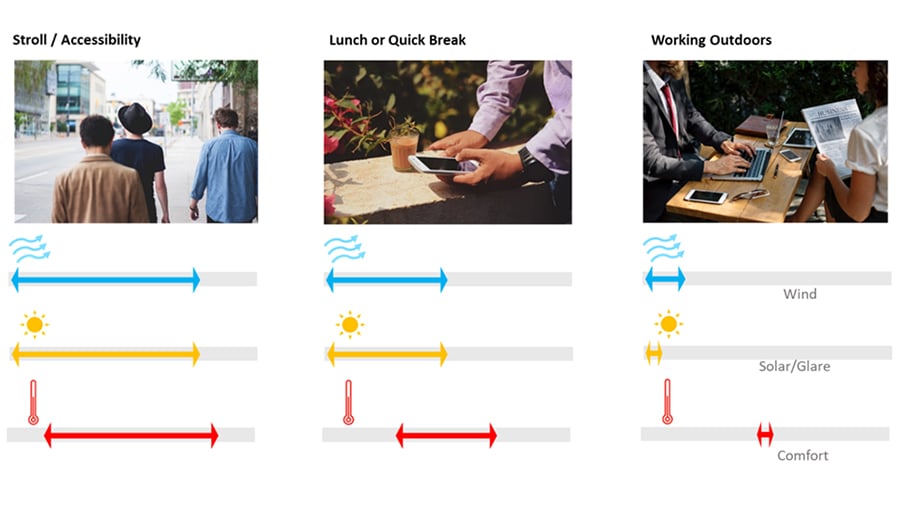
Microclimate design and analytics for outdoor spaces
Microclimate consultants perform advanced microclimate modeling and leverage the resulting insights to develop comfort-enhancing solutions that work in harmony with a project’s overall design vision. The benefits of microclimate design are best unlocked when consultants are involved in the very early stages of design and the insights derived from the analyses and multidisciplinary thinking can be used to inform fundamental design decisions. However, the same approach is also valuable in mitigating climate-related issues that arise at later stages or to enhance the comfort of existing outdoor spaces.
Microclimate design seeks to optimize the performance of both buildings and outdoor spaces in a variety of ways. For example, by analyzing the expected uses (time of day, tasks) of assets and the range of possible users (commuters, clients, employees) in conjunction with local climate conditions, the design team can ensure that projects are planned in a manner that maximizes benefit to users and makes the best use of valuable real estate.
In areas prone to extreme weather, like heat waves, cold snaps, and periods of heavy rainfall, microclimate consultants can identify and deploy design solutions that improve the resilience, functionality, and safety of outdoor amenities without detracting from their overall look and feel. This is accomplished with the help of a variety of strategies, ranging from the optimization of building massing to the use of vegetation and canopies.
For example, businesses and restaurants in the northeast of the United States seeking to extend the use of existing outdoor spaces through the colder months could work with microclimate consultants to improve thermal comfort. This could be achieved by integrating new landscaping elements or screens to block the wind while optimizing solar exposure and adding comfort-promoting design elements such as heated furniture.
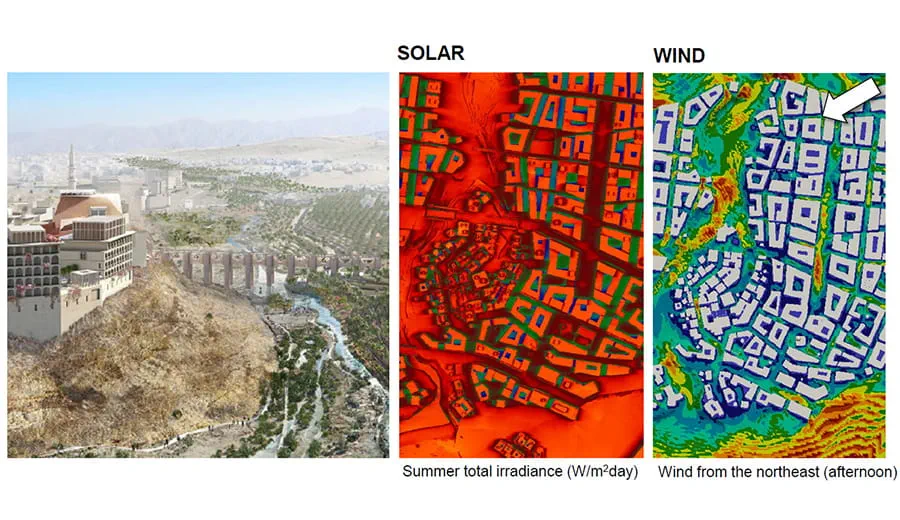
Microclimate design is more relevant today than ever before
The COVID-19 pandemic has underscored the critical importance of outdoor space in urban life. This shift — already underway well before the pandemic — is likely here to stay, which means that projects will increasingly be judged on the merits of their outdoor environments. Treating exterior areas as an ancillary concern or an afterthought will no longer be sufficient.
Microclimate consultants can help developers, designers, and urban planners maximize the value of a project by elevating and activating its exterior assets. The way they achieve this aim can differ markedly from project to project. A microclimate expert tasked with helping a neighborhood restaurant maintain outdoor operations through the fall would primarily focus on thermal performance enhancements, as discussed above. For a new build masterplan project, a microclimate expert might work with the design team to inform the orientation and building form and add building elements, such as colonnades and overhangs, to enhance the pedestrian experience.
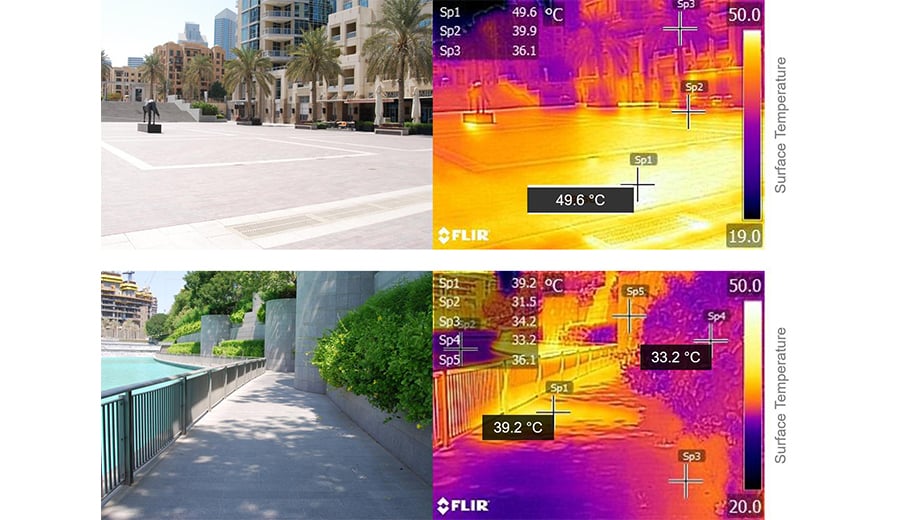
Microclimate design is highly flexible and scalable
Microclimate design can be used to help cities tackle many of their most pressing challenges, from small standalone projects to larger-scale improvements in the urban realm. In addition to working with business owners to design or upgrade their outdoor spaces, microclimate consultants can partner with municipal planners to help improve the comfort and safety of multimodal networks as demand for them grows. Microclimate consultants can evaluate the pedestrian and cyclist experience at individual intersections or within entire neighborhoods, identifying uncomfortable or unsafe conditions resulting from strong winds near the ground or intense solar glare. The insights they provide can aid decision makers in determining how best to streamline circulation and mobility — pinpointing the best routes for pedestrian paths, recommending mitigation measures to limit uncomfortable wind conditions, and identifying appropriate locations for covered rest areas.
Big business can also benefit from collaborating with microclimate consultants on the planning and design of outdoor spaces. To attract and retain high-caliber candidates, many corporations are already working hard to signal their commitment to sustainable values in a variety of ways. Many businesses have focused on improving access to outdoor space where employees can work, meet, and exercise. This trend is likely to grow in the aftermath of COVID-19, with many people having acclimated to more flexible working conditions. Microclimate consultants can work with corporate clients to design or upgrade individual outdoor spaces or corporate campuses that support a range of planned activities, while providing adequate comfort for as much of the year as possible.
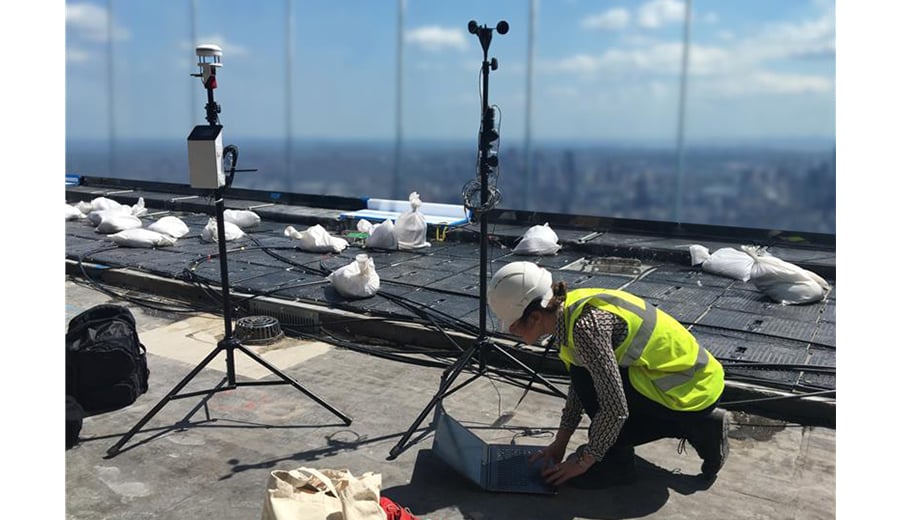
Looking ahead toward long-term resilience
We are moving into a new era where quality outdoor space will become a big differentiator in the eyes of the consumer. Microclimate design is particularly advantageous at this time when our urban landscapes are being transformed by a variety of forces that will have major impacts on the user experience.
Integrating microclimate consultants into design teams can help ensure that projects of all kinds are shaped by the best available knowledge and delivered in a manner that supports user comfort, health, and long-term resilience. Those who work with microclimate consultants to make the most of their outdoor spaces now will be poised to reap the rewards in the long term.
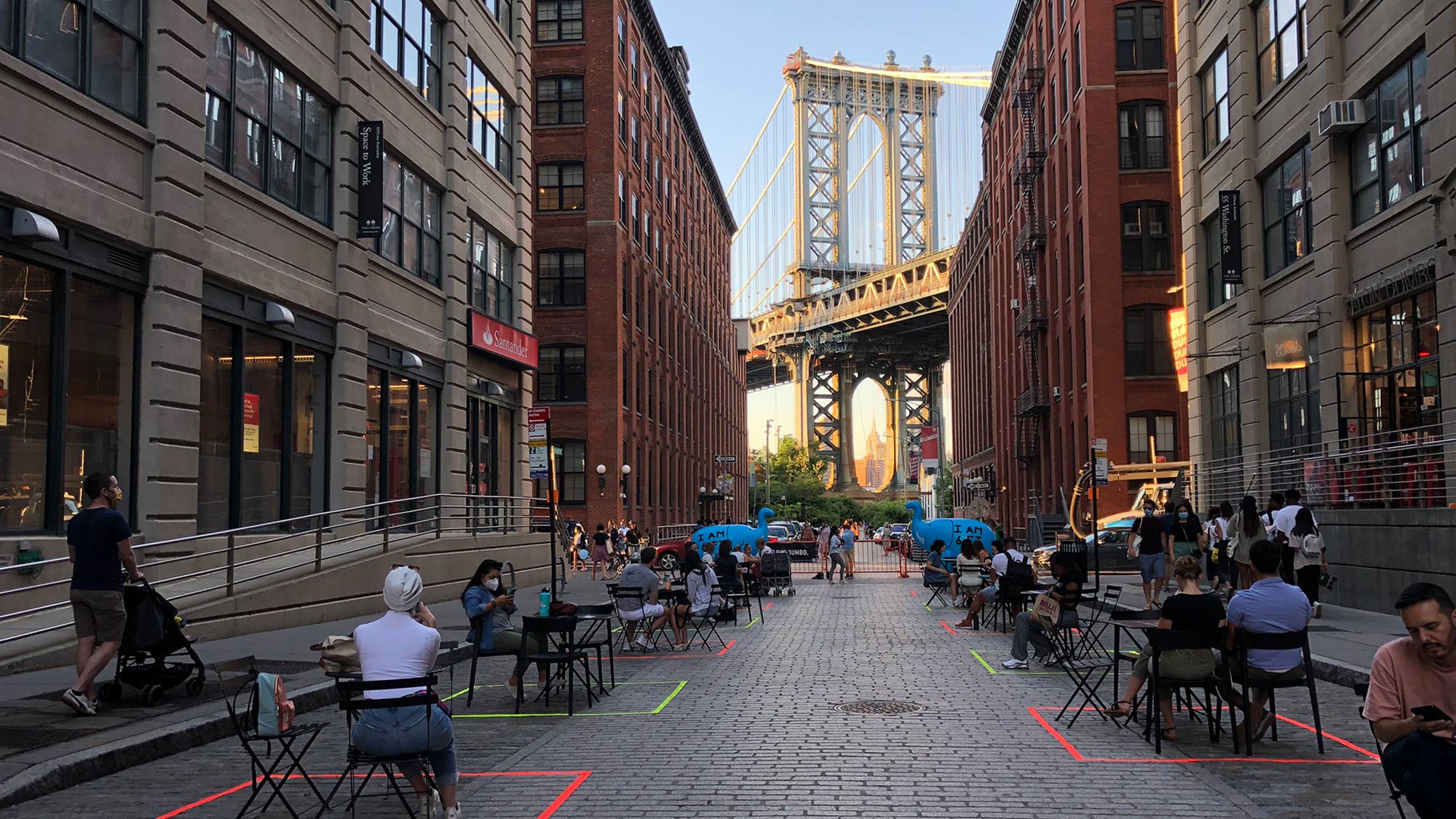 ;
;



